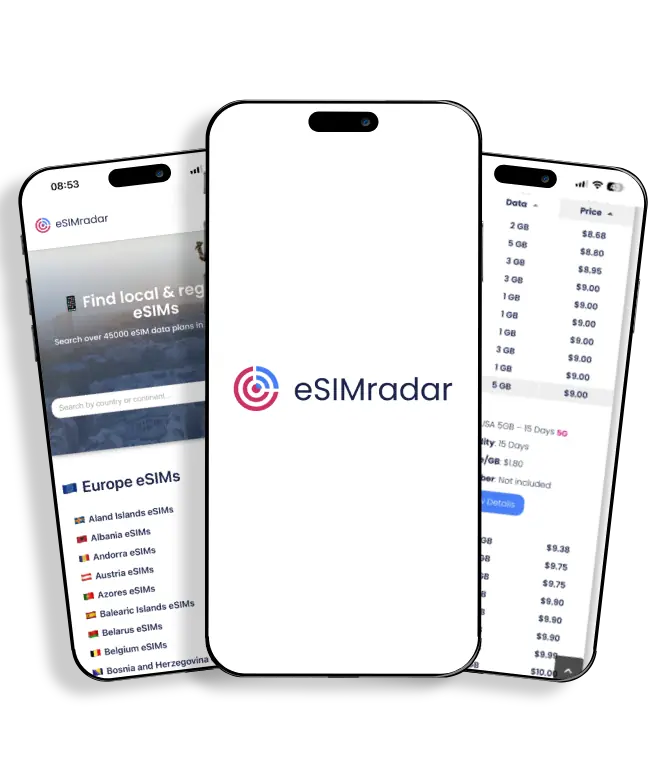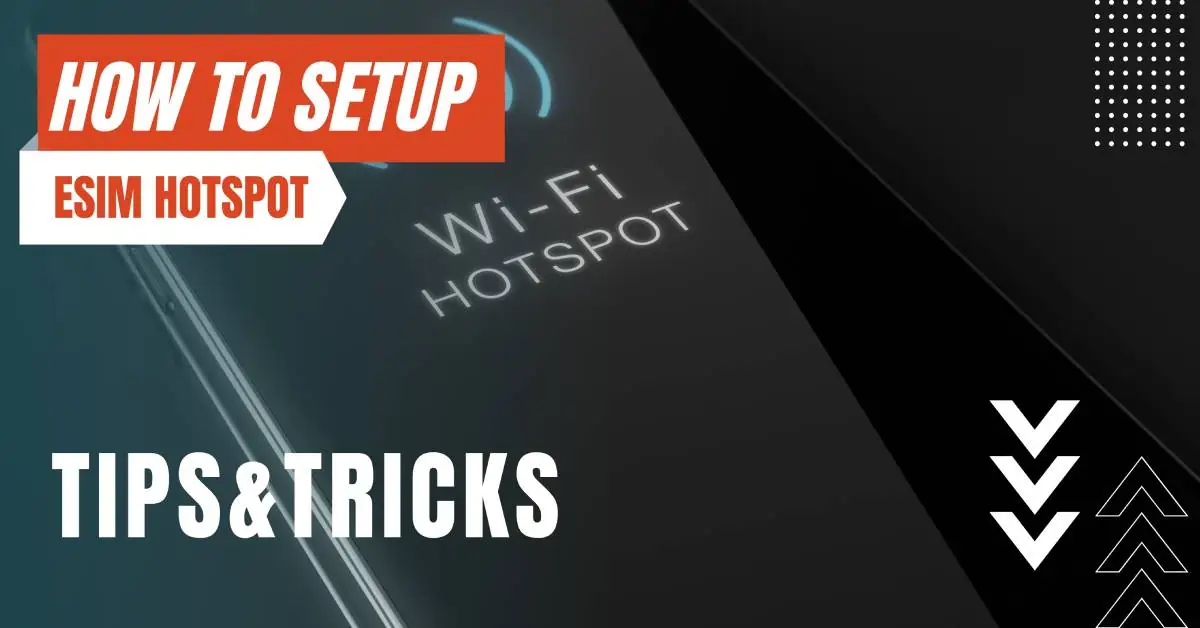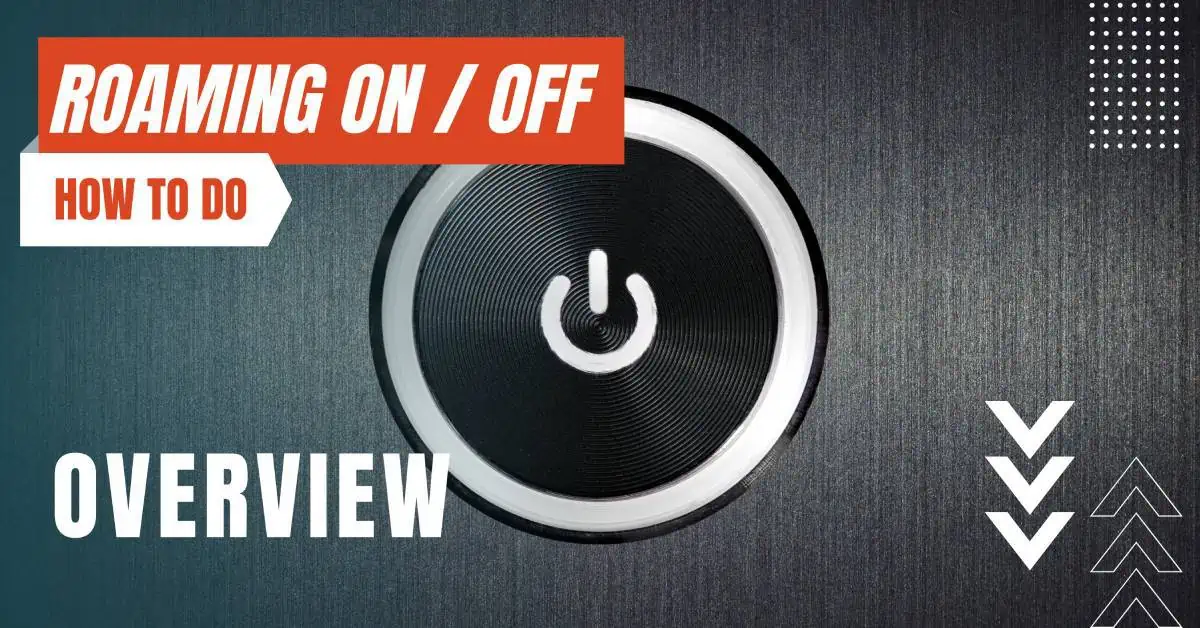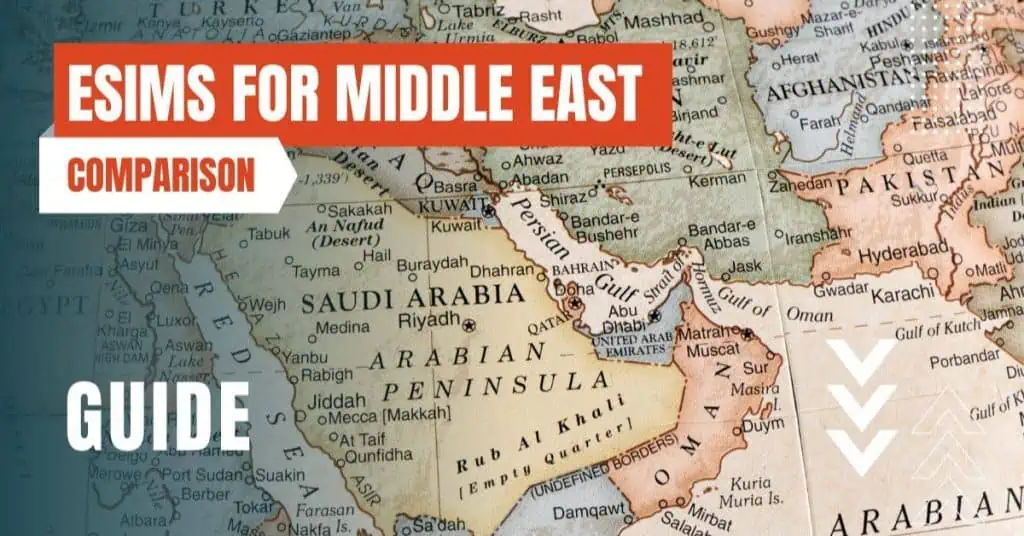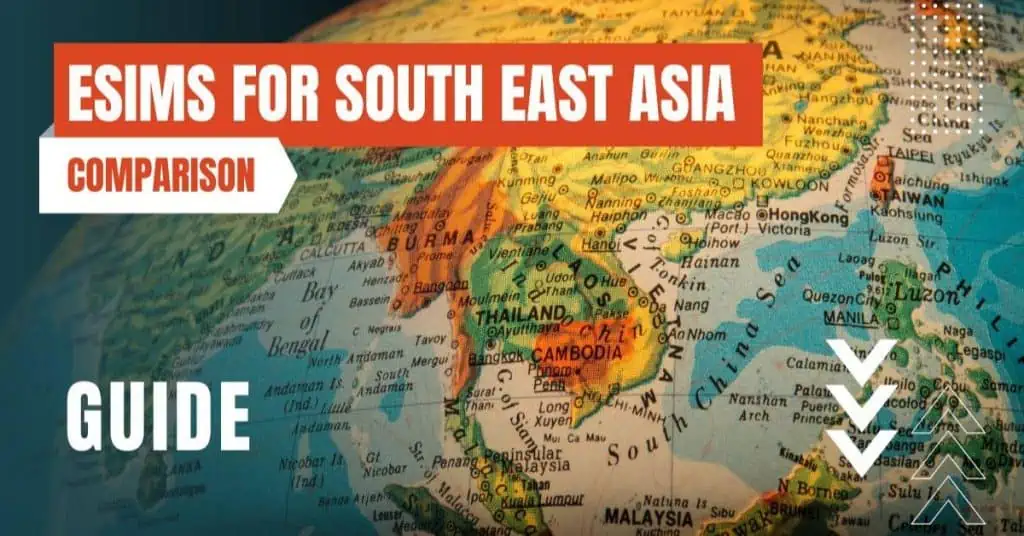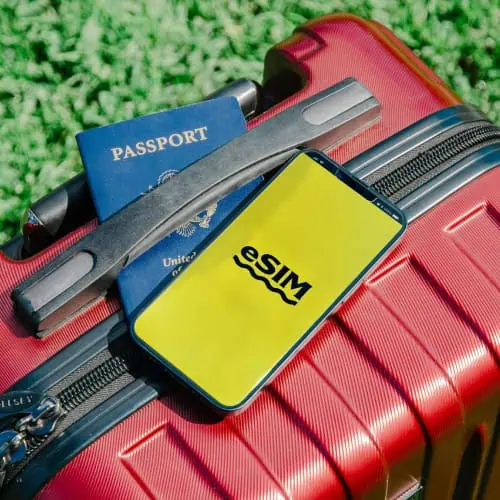All of the products and services we feature are chosen independently. If you click through links we provide, we may earn a commission. Learn more
Written by: Emily Chen
Google Pay Not Working With eSIM
- Updated: September 30, 2023 | Published:
In the rapidly advancing world of technology, mobile payments have transitioned from being a novelty to an essential part of our daily transactions. Google Pay, a frontrunner in this domain, has consistently provided users with a seamless payment experience.
Yet, as with all technological advancements, there are hurdles to overcome.
One such significant hurdle that has surfaced is the integration and compatibility of Google Pay with the emerging eSIMs. This issue has left many users puzzled and seeking answers.

Google Pay & eSIM User Experiences
Visualize a scenario where you’ve treated yourself to the latest smartphone in the market.
With its plethora of advanced features, you decide to embrace the future by transitioning from a conventional physical SIM card to the more modern eSIM. Everything seems to be in perfect order until you attempt to make a transaction using Google Pay.
Unexpectedly, the app fails to verify the eSIM, leaving you unable to complete your transaction.
This isn’t a mere hypothetical situation but a genuine concern voiced many users. The crux of the users’ dilemma revolved around Google Pay’s apparent inability to recognize and authenticate the eSIM, thereby compromising its core functionality.
Google Pay's Stance on eSIM
As we delve deeper into this conundrum, it becomes increasingly clear that the issue with Google Pay and eSIM compatibility isn’t restricted to specific smartphone models or brands.
It’s a more pervasive challenge. Current data indicates that Google Pay does not inherently support eSIM technology.
This revelation prompts an essential query: In an era where technological adaptability is paramount, why does a leading tech entity’s payment solution falter in supporting a progressively popular technology?
Comparative Analysis with Other Devices
Interestingly, this challenge isn’t confined solely to the realm of Android devices or specific manufacturers. Users of Apple’s iPhone have encountered analogous difficulties.
An iPhone 12 user candidly shared that Google Pay remains incompatible with eSIM. This sentiment resonates with a broader audience, with some emphasizing that even devices like Google’s very own Pixel 4A aren’t immune to this issue.
Such widespread occurrences accentuate that the root of the problem is anchored in Google Pay’s foundational support (or lack thereof) for eSIM, rather than discrepancies in individual smartphone brands or models.
Potential Solutions and Workarounds
Reverting to the Tried and Tested
Exploring the Google eSIM Manager
A segment of users has alluded to the Google eSIM Manager, a specialized application crafted to manage eSIM profiles on devices.
However, its reach is currently limited, with regions like India still awaiting its broader rollout. The timeline and global availability of this potential solution remain shrouded in uncertainty.
Harnessing the Power of Community Feedback
A collective voice often resonates louder. Numerous users have congregated on online forums, community platforms, and even the Play Store to articulate their concerns.
The hope is that a consolidated effort might catalyze a more prompt resolution from Google’s end.
Advocates of this approach recommend raising tickets directly within the Google Pay platform and penning reviews on the Play Store, emphasizing the eSIM compatibility issue to amplify its visibility.
The trajectory of technological evolution is seldom linear. While it promises unparalleled conveniences, it also presents unique challenges, as evidenced by the Google Pay and eSIM compatibility conundrum.
As eSIM technology gains traction and becomes a staple in modern devices, it’s imperative for industry leaders like Google to address and surmount these challenges proactively.
For the time being, users might find solace in temporary workarounds or adopt a patient stance, awaiting an official rectification.
With the ever-increasing emphasis on user feedback and technological adaptability, there’s optimism that Google will prioritize and address this pressing issue in upcoming updates.
By entering your email & signing up, you agree to receive promotional emails on eSIMs and insider tips. You can unsubscribe or withdraw your consent at any time.

About The Author
Spread the Word, Share the Joy
Compare eSIMs
Why keep the secret to yourself? Spread the joy of eSIMradar and let everyone in on the eSIM experience!

Easy eSIM Comparison for Your Needs
Simplifying your search! Easily compare eSIM plans tailored to your specific needs

Coverage in 210+ Countries
Benefit from our extensive eSIM comparison with 30+ providers in over 210 destinations.

Save money without second-guessing
Our platform helps you maximize value, ensuring competitive prices.

Enjoy Hassle-Free Travel Abroad
Whether you’re on holiday or a business trip abroad, stay connected with ease and focus on enjoying your experiences,
Find Your Perfect eSIM & Exclusive Deals!
Find your ideal eSIM effortlessly and stay connected in style wherever your adventures take you! Get exclusive deals and discounts at your fingertips, ensuring you get connected for less on your travels!
